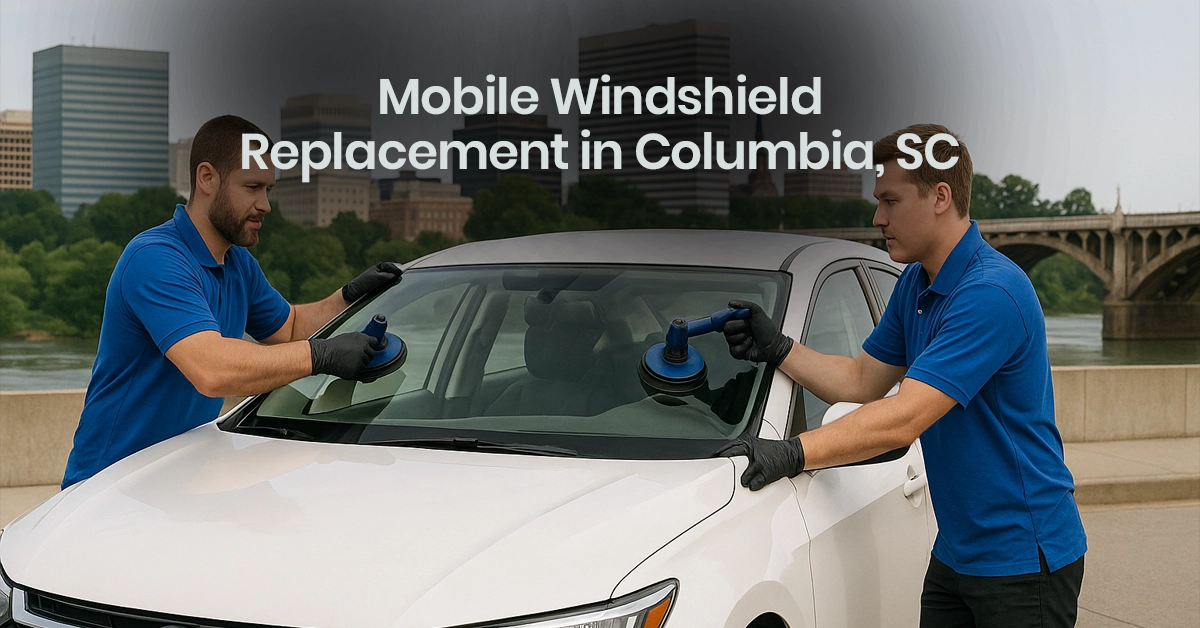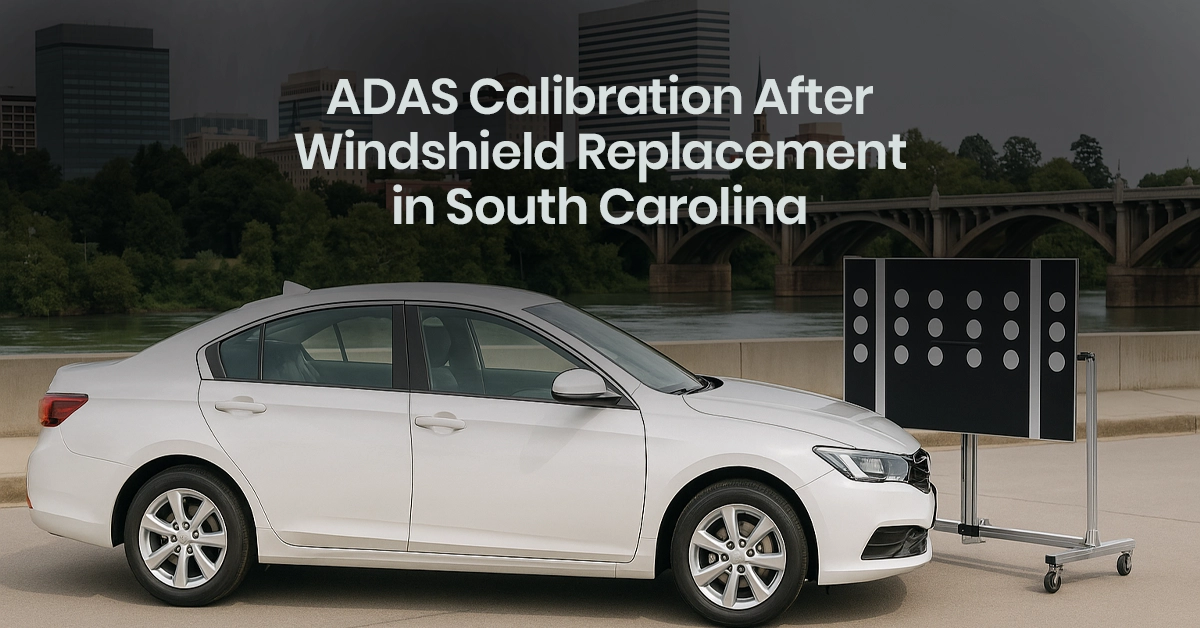Tips to Maximize Performance of Electric Vehicles in Winters
December 4, 2023
Electric vehicles (EVs) are increasingly becoming a staple on roads worldwide, and their performance in various climatic conditions, particularly in cold weather, is a topic of significant interest. The efficiency, range, and overall performance of electric cars during winter are key factors influencing consumer decisions, especially in regions where cold weather is a norm. This exploration delves into the intricacies of electric vehicles in cold weather, focusing on aspects such as the best electric cars for winter driving, battery performance in low temperatures, and the need for winter tires.
Electric Vehicles in Cold Weather
Cold weather can pose challenges for all vehicles, but electric cars face unique issues. The efficiency of EV batteries tends to decrease in cold temperatures, which can lead to reduced range and slower charging times. However, advancements in battery technology and car design are continually mitigating these effects. Modern EVs come equipped with thermal management systems that maintain optimal battery temperatures, thereby ensuring more consistent performance even in cold conditions.
Best Electric Car for Cold Weather
When choosing the best electric car for cold weather, it is crucial to consider factors like battery efficiency, insulation, and heating systems. Cars that offer efficient heat pumps, enhanced battery thermal management, and all-wheel drive tend to perform better in winter conditions. Models from manufacturers like Tesla, Audi, and Volvo have received praise for their cold-weather performance, offering features that help maintain range and comfort even in freezing temperatures.
Best Electric Vehicle for Snow
Driving in snow requires vehicles that can provide good traction and stability. The best electric vehicles for snow often feature all-wheel drive (AWD) systems, which deliver power to all wheels, improving grip and control on slippery surfaces. Additionally, the low center of gravity in many EVs, due to battery placement, contributes to better balance and handling in snowy conditions.
Best Electric Cars for Winter Driving
For winter driving, the ideal electric cars are those that combine efficient heating, effective battery management, and robust safety features. Cars with pre-conditioning systems that warm up the battery and cabin before driving are particularly advantageous. Moreover, advanced driver-assistance systems (ADAS) like anti-lock braking and traction control are essential for maintaining safety in winter driving conditions.
EV Performance in Cold Weather
EV performance in cold weather is not just about maintaining range; it’s also about ensuring safety and comfort. Heated seats, steering wheels, and windshields are common features in many EVs, providing comfort without excessively draining the battery. The regenerative braking systems in EVs also tend to be less efficient in cold weather, requiring drivers to adapt their driving habits accordingly.
EV Batteries in Cold Weather
The chemistry of lithium-ion batteries used in EVs is less effective in cold temperatures, leading to reduced energy output and slower charging. However, with proper insulation and thermal management systems, these effects can be minimized. Some EVs also offer preconditioning features that warm the battery while the car is still plugged in, preserving range and reducing the impact of cold weather.
Electric Car Performance in Cold Weather
Overall, electric car performance in cold weather has improved significantly with recent technological advancements. Manufacturers are continually innovating to enhance the cold-weather capabilities of their vehicles, ensuring that EVs remain a viable option for drivers in colder climates.
Electric Vehicle Range in Winter
The range of electric vehicles in winter can be affected by the cold, but the impact varies greatly depending on the model and the specific conditions. To maximize range, drivers are advised to keep their vehicles plugged in when not in use, use preconditioning features, and drive conservatively.
Charging Electric Car in Cold Weather
Charging an electric car in cold weather can take longer due to reduced battery efficiency. To counter this, many EV owners install Level 2 home charging stations, which provide faster charging than standard outlets. Additionally, using preconditioning while the car is plugged in can help maintain optimal battery temperature for more efficient charging.
Winter Tires for Electric Cars
Winter tires are a critical component for safe driving in snowy and icy conditions. For electric cars, which are often heavier than their gasoline counterparts due to the battery, winter tires provide necessary traction and handling improvements. It’s important for EV owners to choose tires that can support the additional weight and deliver performance in extreme conditions.
Takeaway
From advancements in battery technology to the integration of winter-specific features, EVs are proving to be a reliable choice for drivers in cold climates, combining environmental benefits with winter resilience.







